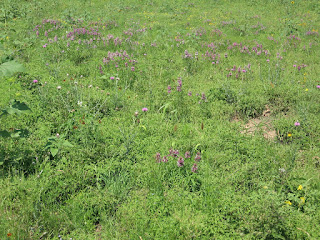Birds of Commons Ford Prairie
Original Watercolors and Prints
Sale Benefits
Commons Ford Prairie Restoration Project
Commons Ford Prairie Restoration Organization (CFPRO) is
proud to support the work of an artist who is dedicated to our cause and donating
the proceeds from sales of her work to prove it.
Gail Woods, a well-respected local artist, is having a
showing at the Laura Bush Library - Westbank Library System - featuring her
lovely watercolors of Birds of Commons Ford Prairie. Gail has been a local
illustrator since the 1980s and her work has been published in the Austin Chronicle, Texas Monthly, Texas Observer and many other
publications, including children’s books. Gail has generously offered to donate
all the profits from the sale of these works to the CFPRO native prairie
restoration efforts at Commons
Ford Ranch
Metropolitan Park.
Both original watercolors and prints will be available.
Gail will be present at the Opening Reception featuring her
work at the Laura Bush Library, 9411
Bee Caves Road (at the intersection of Cuernavaca and Bee Caves)
from 3:00 - 5:00 p.m., Sunday, January 13, 2013. Her
work will be on display and available for purchase at the library gallery from
the opening until February
28, 2013. Purchased works will be shown at the Library throughout
the show for the benefit of the whole community and can be picked up after the
exhibit. Her artwork will also be available at the Commons Ford Big Day in the
Park fundraising event on April
7, 2013.
To arrange purchase after the Reception, please contact Gail
at gwoofy@hotmail.com. You can also
purchase at www.etsy.com/shop/BirdsOfCommonsFord.


























